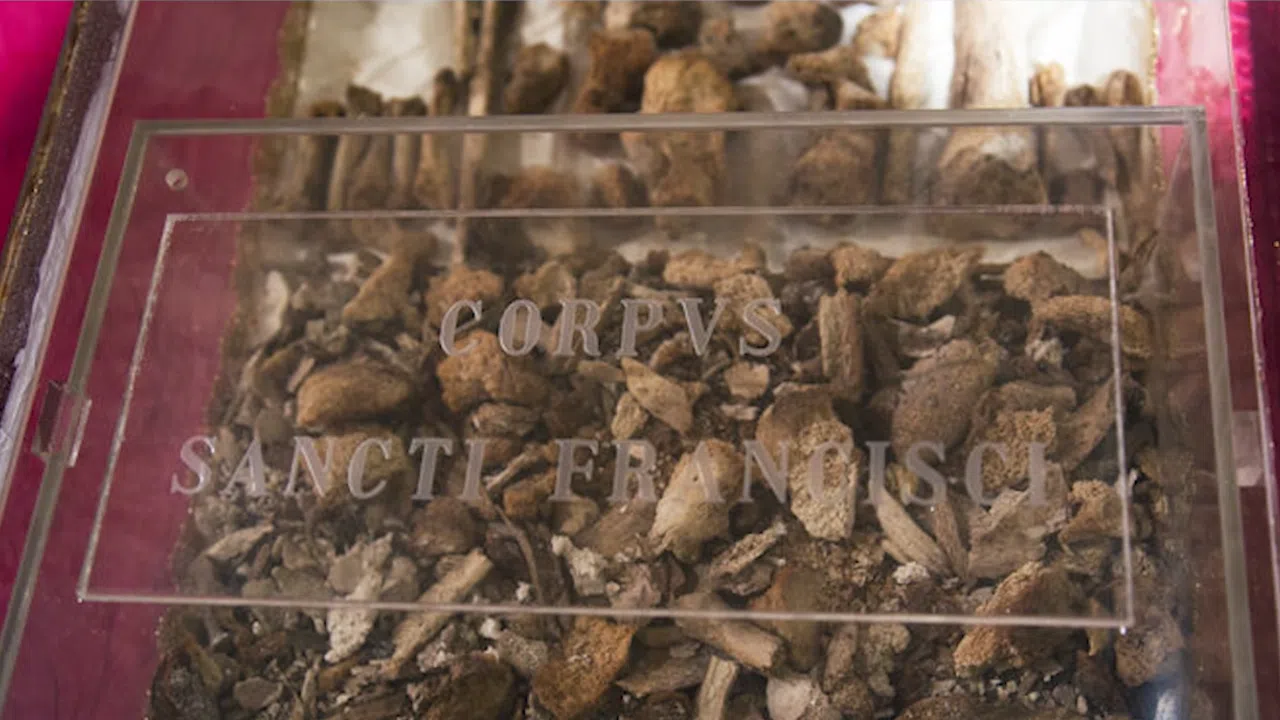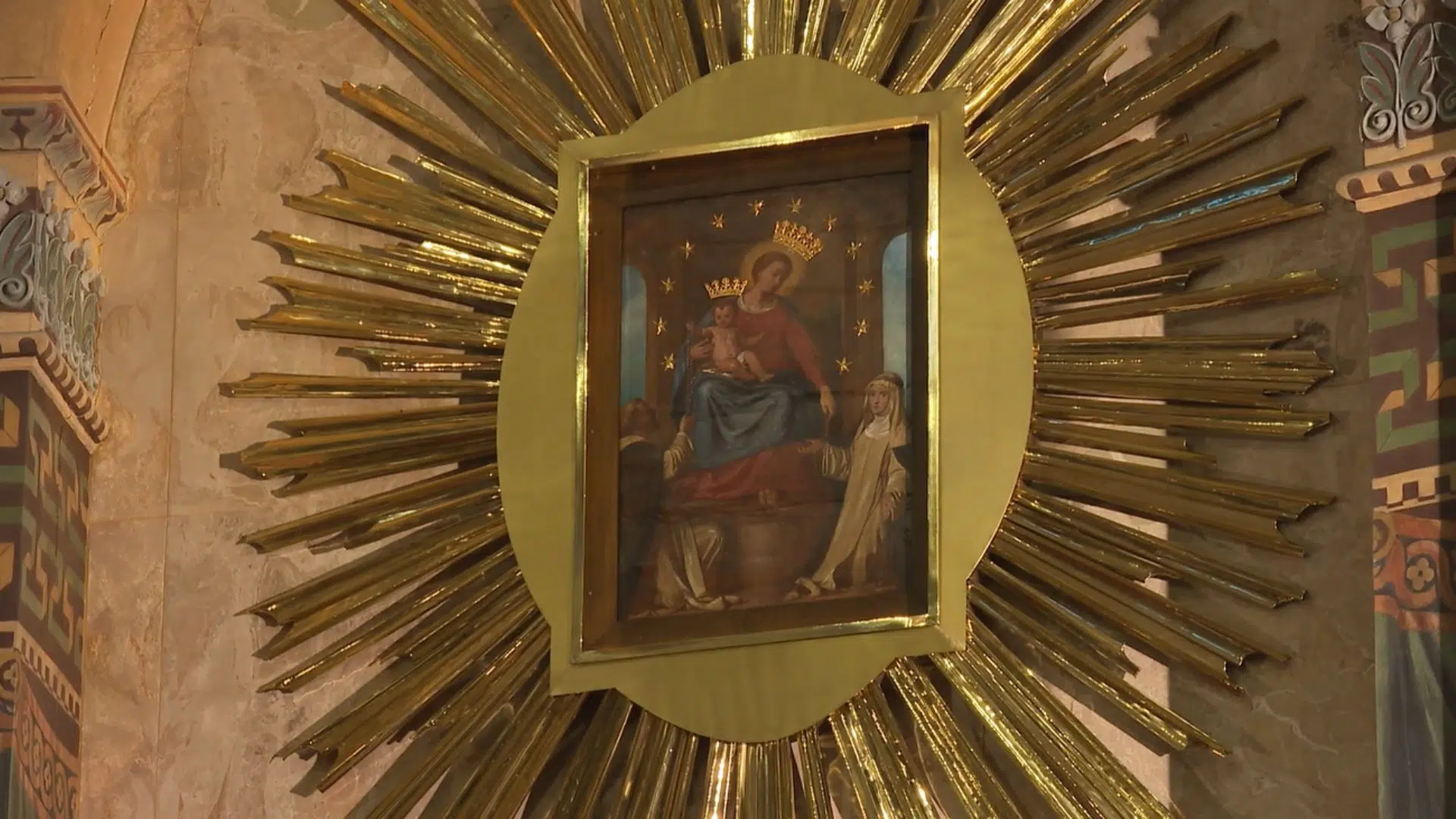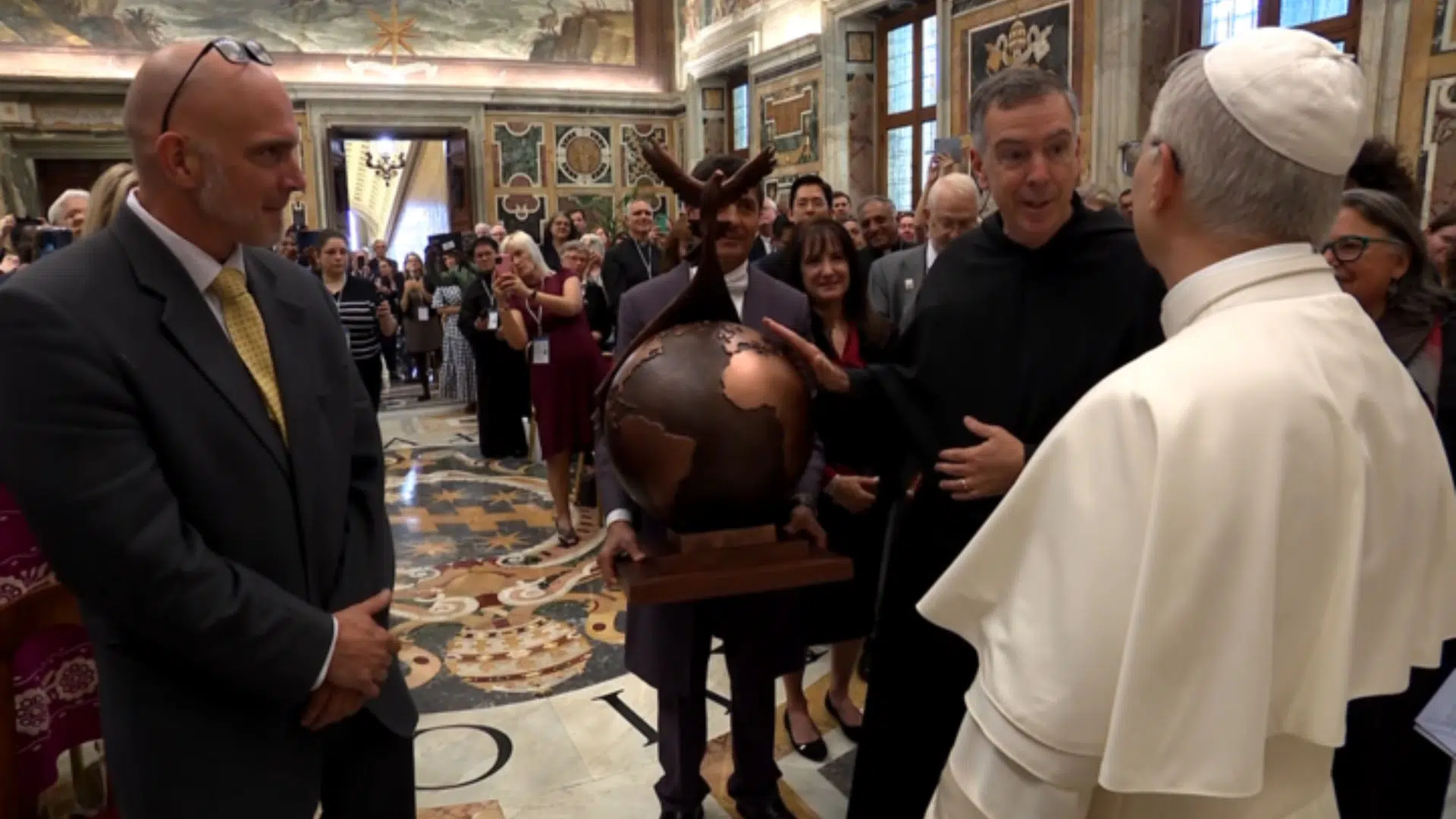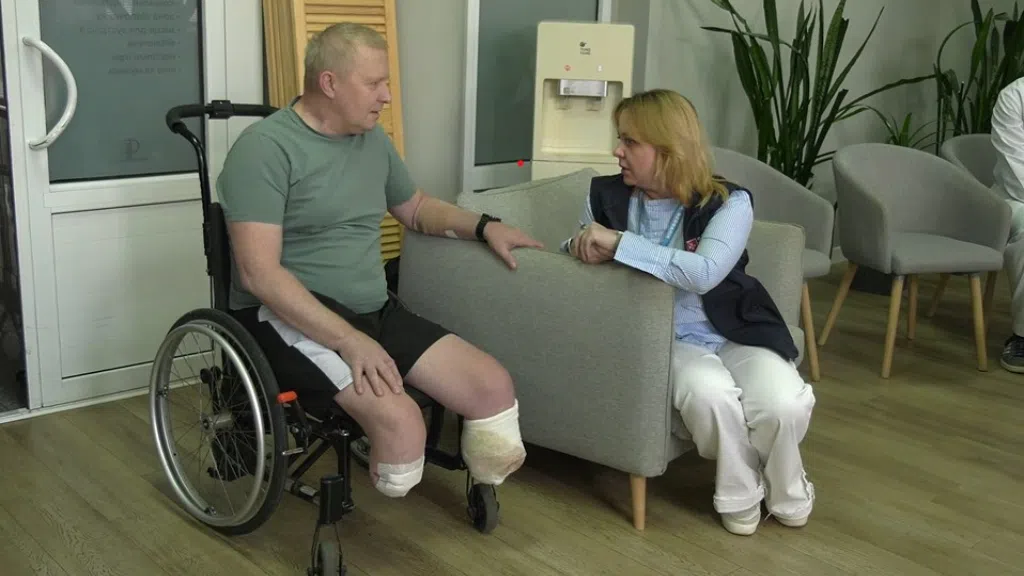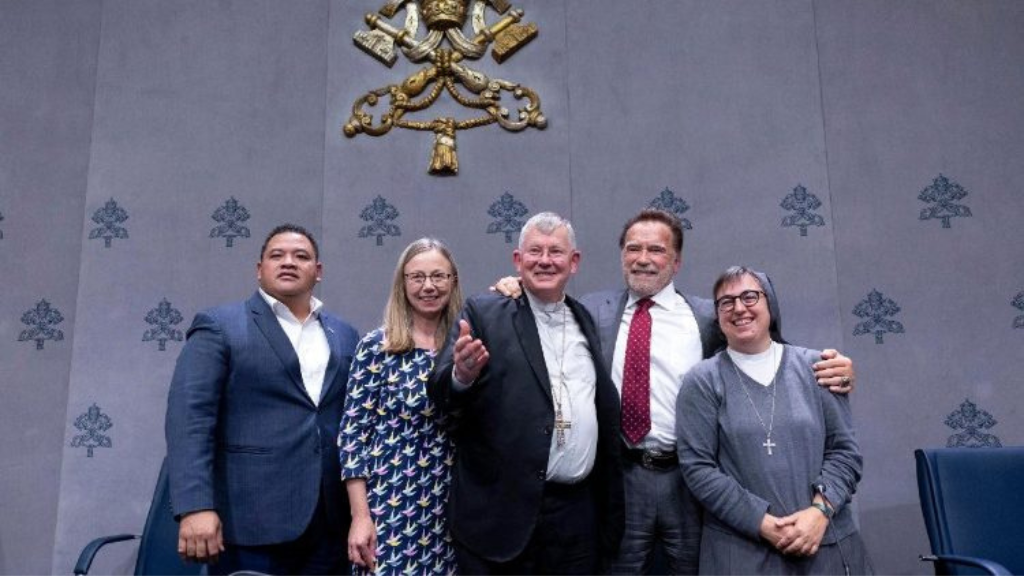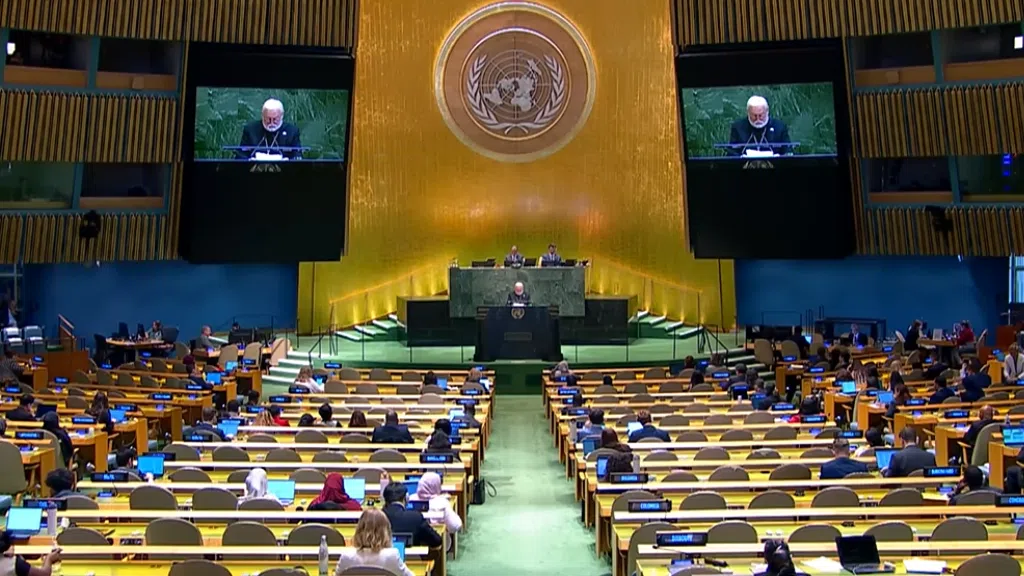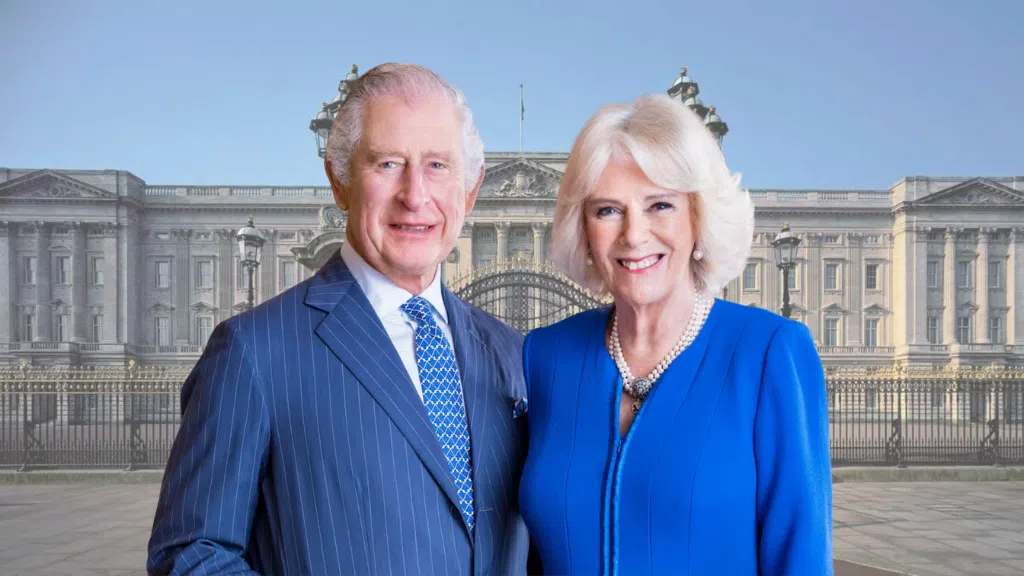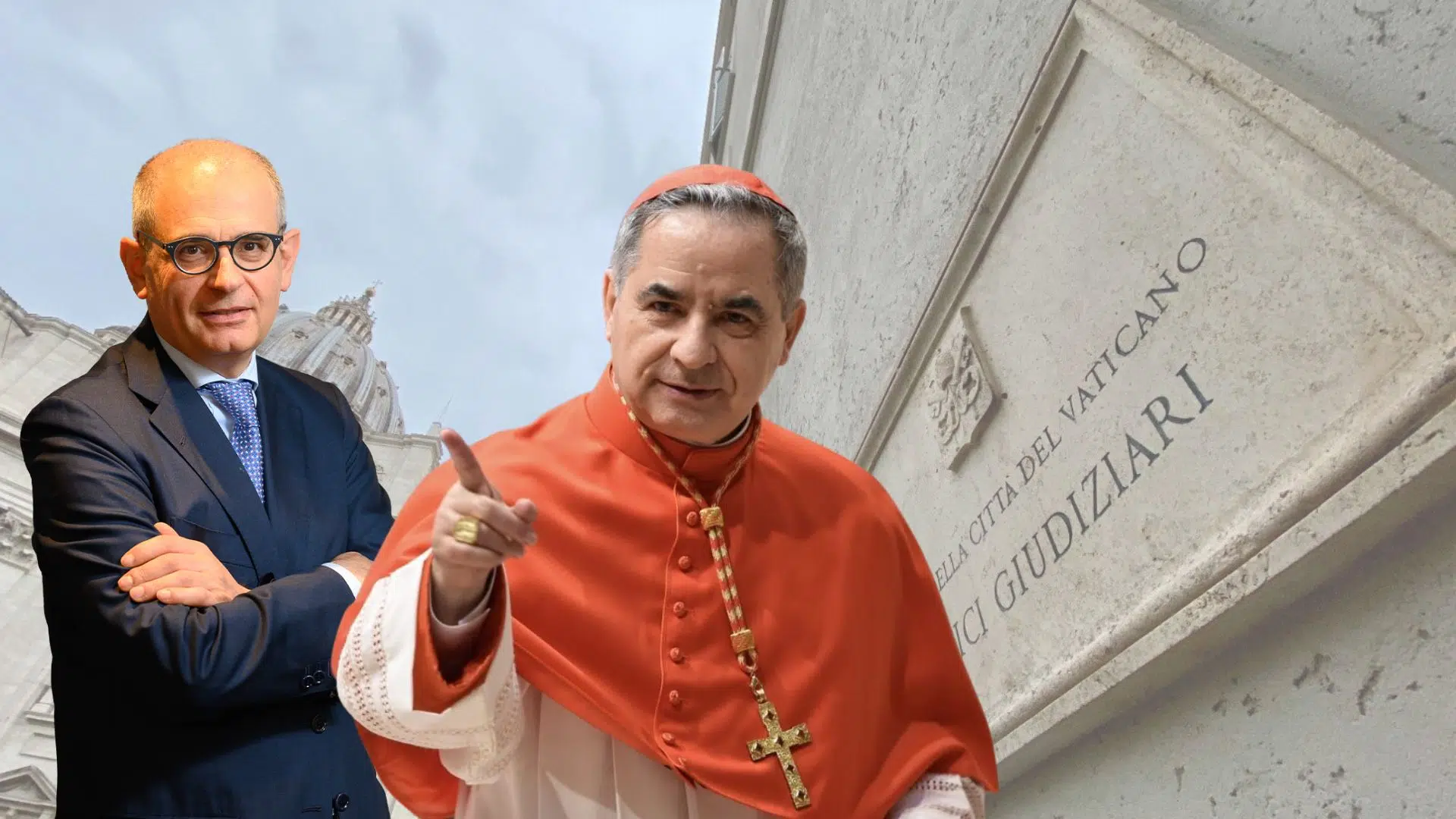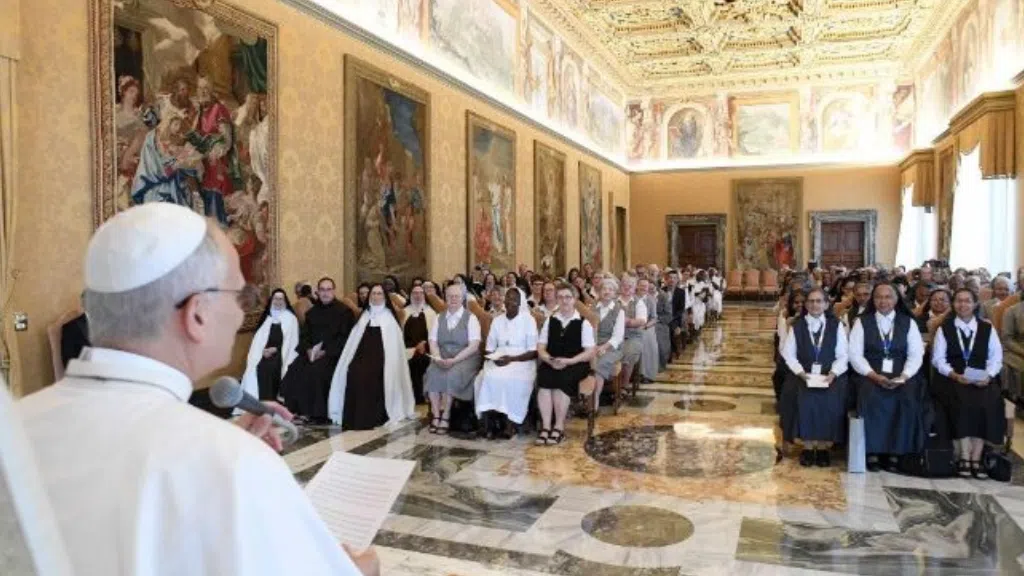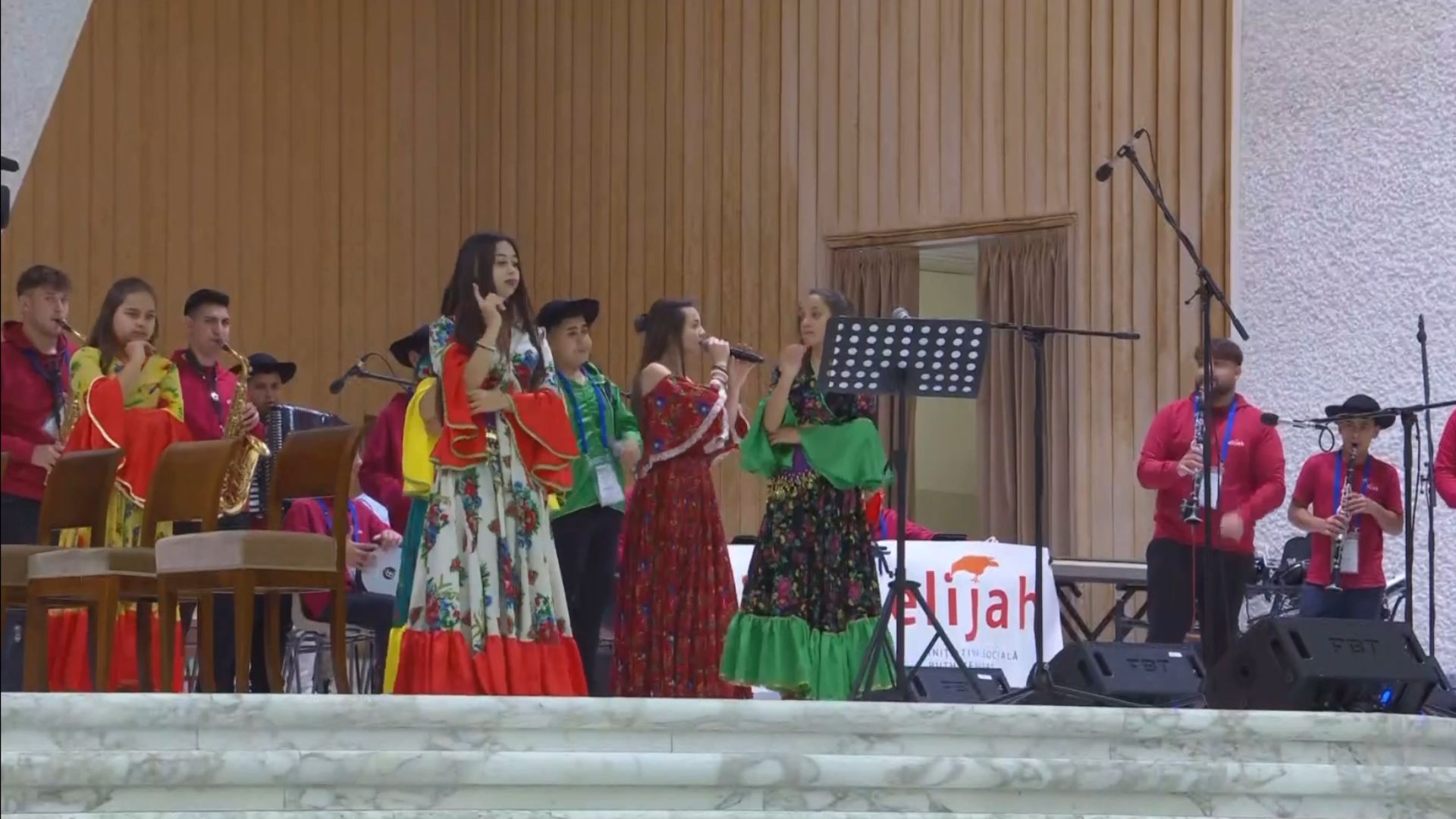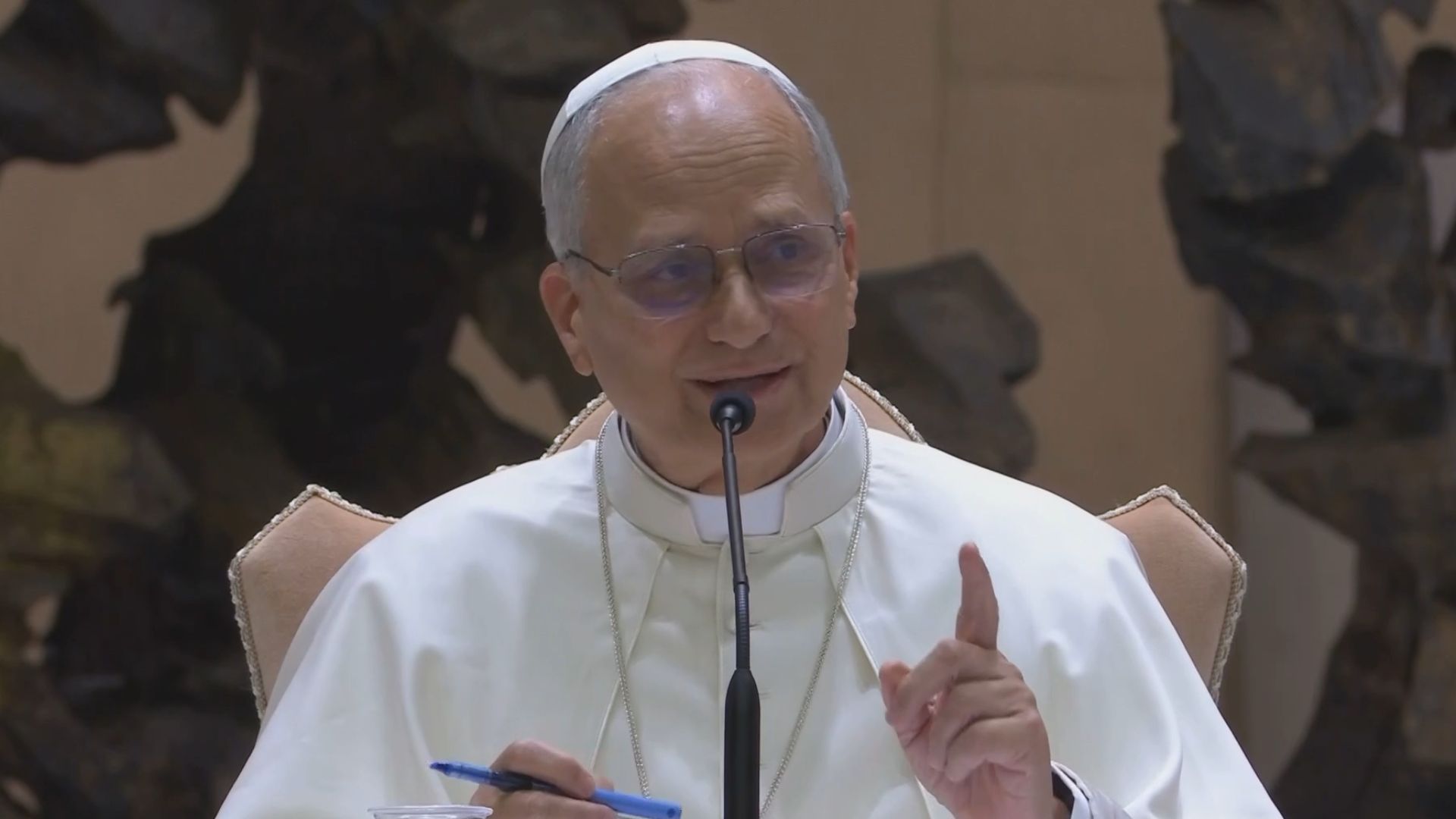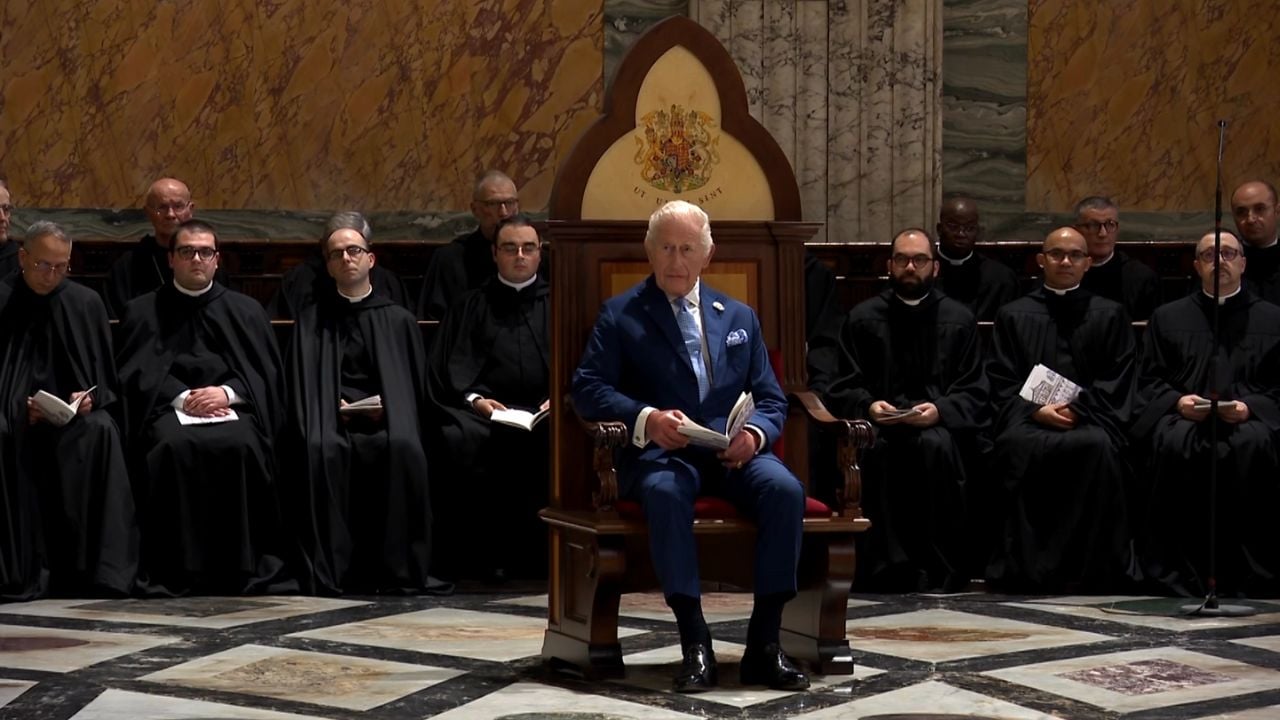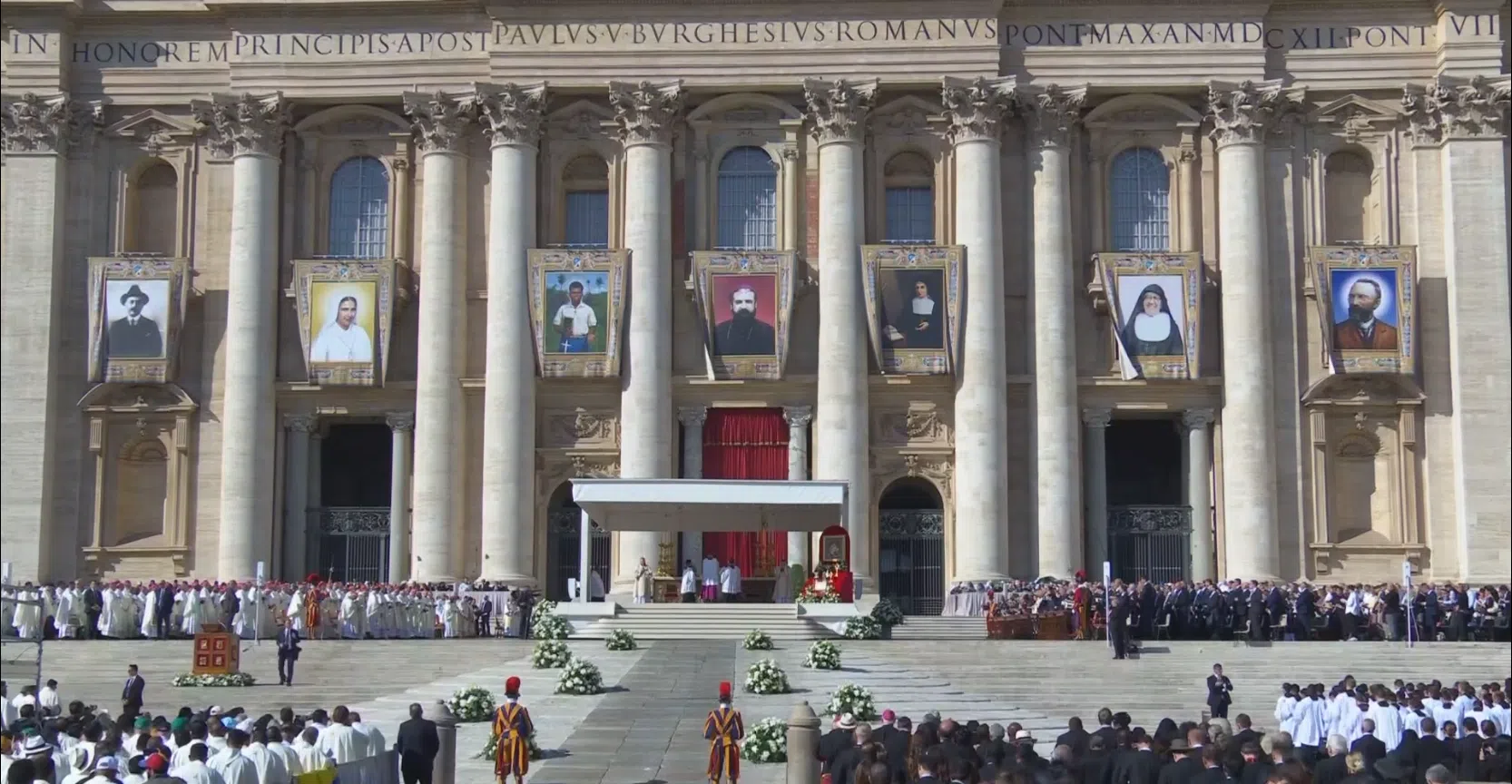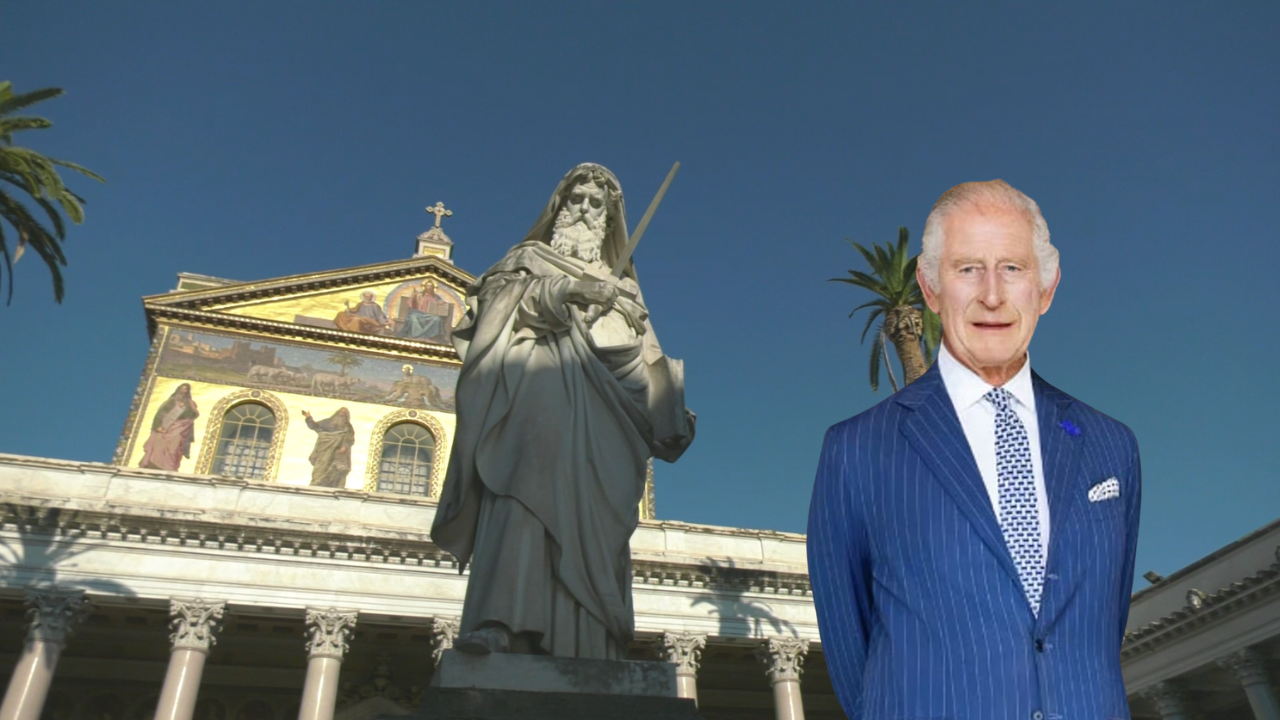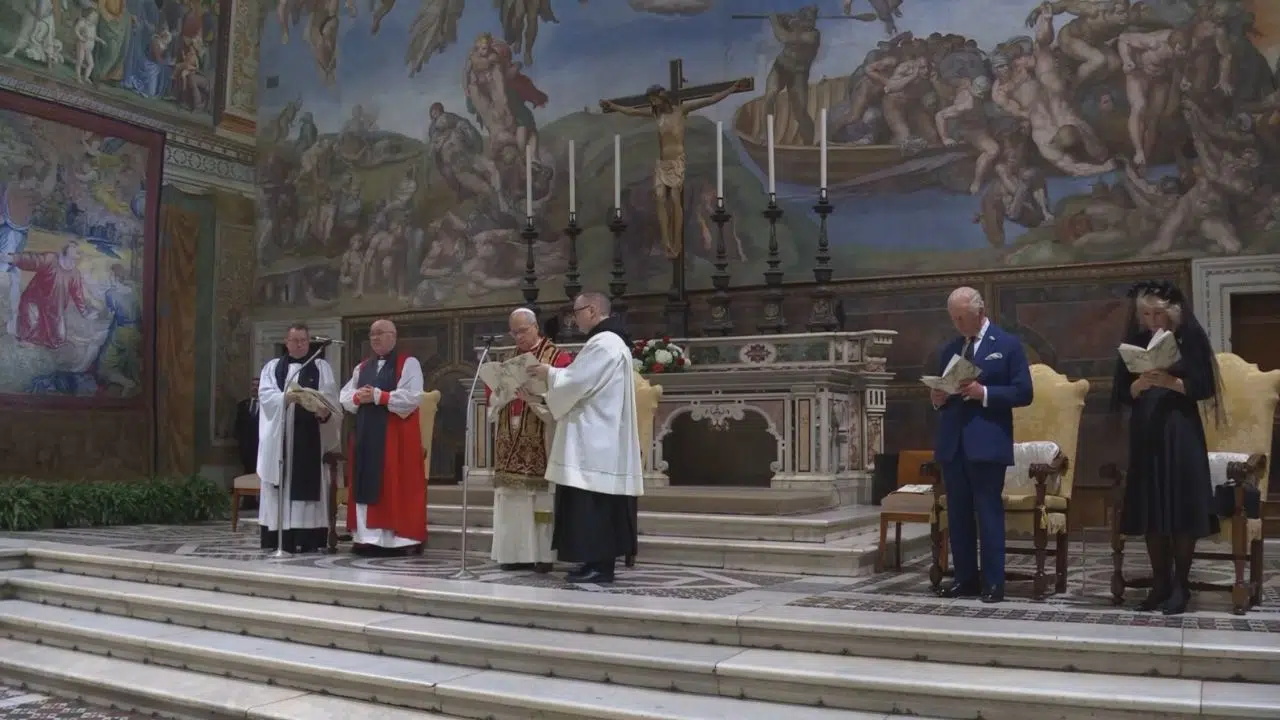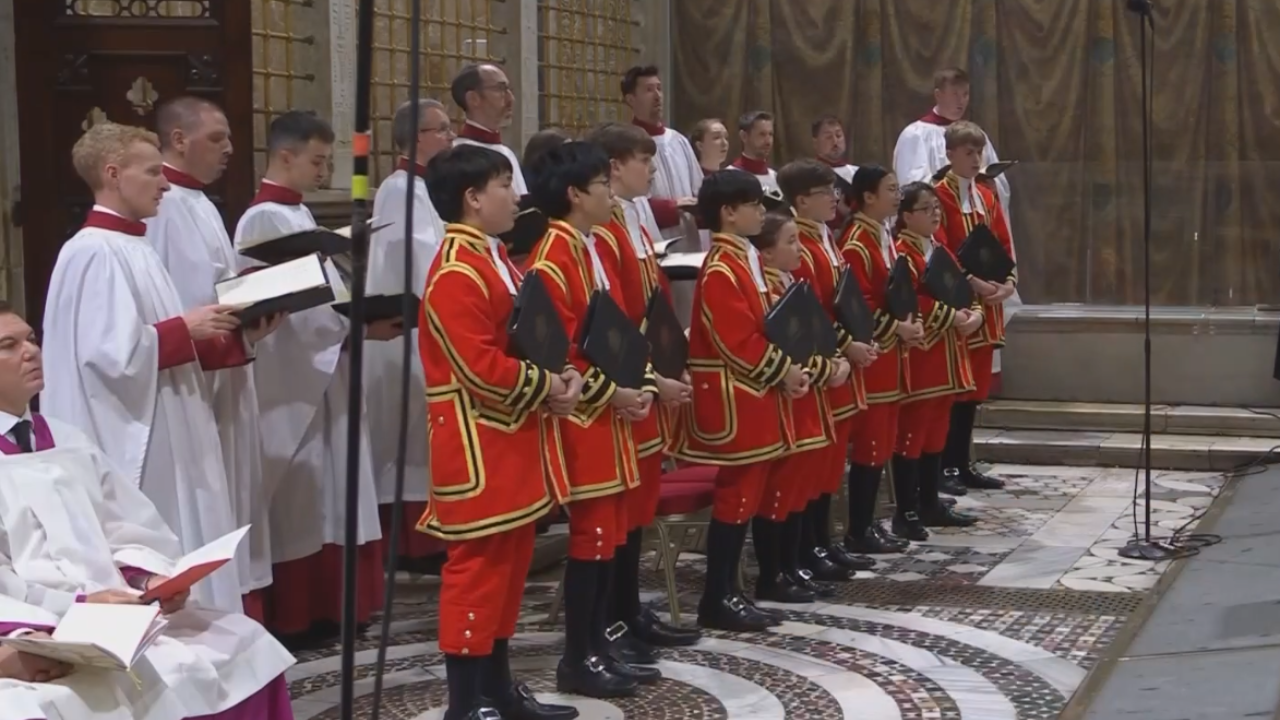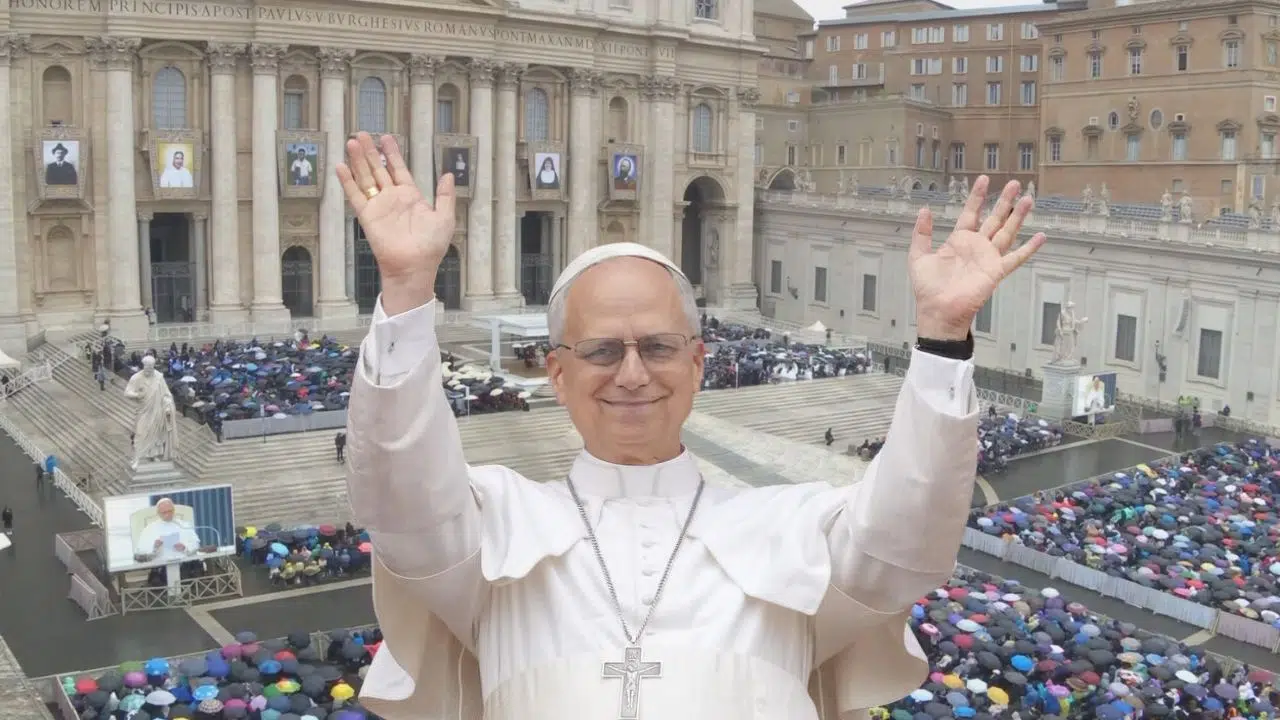Yesterday morning, I calmly went to the Sistine Chapel to vote. Never could I have imagined what was about to happen.
On August 26, 1978, Cardinal Albino Luciani took the names of his two immediate predecessors—John XXIII and Paul VI—to become John Paul I and the 264th successor of St. Peter.
He explained that he chose these names to honor the popes who made him a bishop and a cardinal. Pope John Paul I became the first pope to have two names.
But this was not the only “first” of John Paul I's brief papacy. He was also the first to not use the papal tiara and he often spoke using an Italian dialect. Both made the papacy more human and more relatable to people.
STEFANIA FALASCA
John Paul I Vatican Foundation
Dialect is a familiar language, and the liturgy proposed by the Second Vatican Council, which gave local languages a central role, required an absolute change. In this way, the message of Christian truth could reach everyone. And he, with his humility, embodied this.
As the bishop of Vittorio Veneto, Albino Luciani attended all the sessions of the Second Vatican Council. And his personal journals and notes, kept in the Vatican Archives, reveal the impact the Council had on his work as a bishop and, eventually, as the Patriarch of Venice.
FLAVIA TUDINI
Archivist, Vatican Apostolic Archives
We have a journal with notes from the Second Vatican Council and a notebook with his personal reflections on what it means to be a bishop.
We can see the application in his homilies, in his pastoral government of the diocese of which he was bishop.
Though he only served as pope for 33 days, his characteristic smile and down-to-earth personality was able to reach people from all walks of life and even inspired his immediate successor's choice of names.
KG
